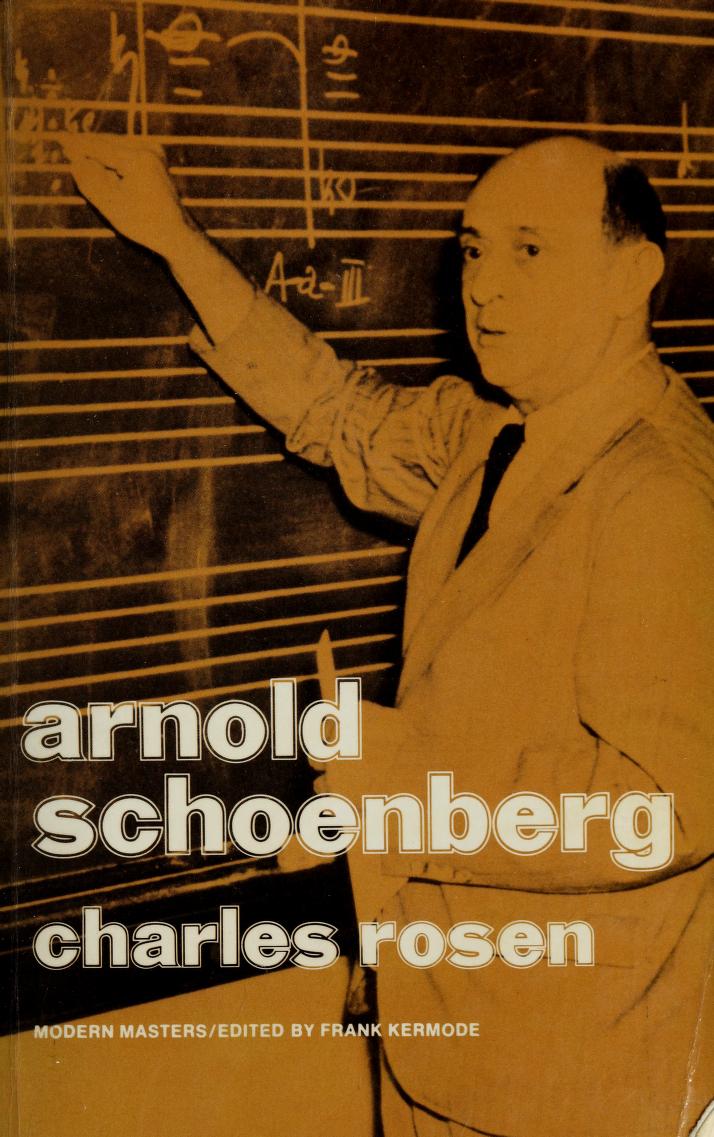Alfred H. Barr, Jr.: Cubism and Abstract Art: Painting, Sculpture, Constructions, Photography, Architecture, Industrial Art, Theatre, Films, Posters, Typography (1936)
Filed under book, catalogue | Tags: · abstract art, abstraction, architecture, art, art history, avant-garde, constructivism, cubism, dada, design, expressionism, fauvism, film, futurism, impressionism, painting, photography, sculpture, suprematism, surrealism, theatre, typography

The catalogue of the first MoMA’s retrospective of modernism, held 2 March-19 April 1936, laid the theoretical foundation of the museum. Its jacket contains a notorious chart of modernist art history, the Diagram of Stylistic Evolution from 1890 until 1935.
“The catalogue remains an important historical document (as does that for Fantastic Art, Dada, Surrealism). It set abstraction within a formalist framework that—ignoring the intellectual byways of French symbolism, German idealism, and Russian Marxism of the previous thirty years—was shaped by the scientific climate that had started a century before. … The exhibition together with the widespread dissemination of its influential catalogue, established Cubism as the central issue of early modernism, abstraction as the goal.” (Sybil Gordon Kantor, 2003)
The exhibition later traveled to another 7 cities: San Francisco, Cincinnati, Minneapolis, Cleveland, Baltimore, Providence, and Grand Rapids.
Publisher Museum of Modern Art, New York, 1936
249 pages
via MoMA
Commentary: Meyer Schapiro (Marxist Quarterly, 1937), Susan Noyes Platt (Art Journal, 1988), Astrit Schmidt Burkhardt (Word & Image, 2000).
Publisher (incl. master checklist and press releases)
WorldCat
PDF (47 MB)
Comment (1)Degenerate Art: The Fate of the Avant-Garde in Nazi Germany (1991)
Filed under catalogue | Tags: · art, art history, avant-garde, cubism, dada, expressionism, fauvism, germany, impressionism, nazism, neue sachlichkeit, surrealism
“On July 19, 1937, the Entartete Kunst [Degenerate Art] exhibition opened in the Hofgarten arcades of Munich’s Residenz. It included 650 works of art confiscated from 32 German museums. For the National Socialists, the term “degenerate” applied to any type of art that was incompatible with their ideology or propaganda. Whole movements were labeled as such, including Expressionism, Impressionism, Dada, New Objectivity, Surrealism, Cubism, and Fauvism, among others. Many of Germany’s most talented and innovative artists suffered official defamation: for example, George Grosz, Ernst Ludwig Kirchner, Max Ernst, Karl Schmidt-Rottluff, Max Pechstein, Paul Klee, and Ernst Barlach. Avant-garde artists and museum directors who purchased or exhibited modern art had already been barred from professional activity as early as 1933. With this exhibition, the visual arts were forced into complete submission to censorship and National Socialist “coordination” [Gleichschaltung]. Initiated by Minster of Propaganda Joseph Goebbels and President of the Reich Chamber of the Visual Arts Adolf Ziegler (1892-1959), the exhibition travelled to twelve other cities from 1937 to 1941. In all, the show drew more than 3 million visitors. The exhibition sought to demonstrate the “degeneration” of artworks by placing them alongside drawings done by the mentally retarded and photographs of the physically handicapped. These comparisons aimed to highlight the “diseased,” “Jewish-Bolshevist,” and inferior character of these artworks and to warn of an impending “cultural decline.” As an exercise in contrast, the opposite – good, “healthy,” “German” art – could be seen in the “Great German Art Exhibition,” on view only a few meters away.” (Source)
This catalogue examines and documents the 1937 exhibition Entartete Kunst. Includes essays, a diagrammed catalogue of the exhibition, artist biographies, a translated facsimile of the exhibition guide, and other reference resources, accompanied by reprints of the artworks and photos of the exhibition itself.
Published in conjunction with the exhibition held at the Los Angeles County Museum of Art, Feb. 17-May 12, 1991, and at the Art Institute of Chicago, June 22-Sept. 8, 1991.
Edited by Stephanie Barron
Publisher Los Angeles County Museum of Art, and H.N. Abrams, New York, 1991
ISBN 0810936534, 9780810936539
424 pages
Film footage from the Munich exhibition (4 min).
Exh. reviews: William Wilson (LA Times 1991), Michael Kimmelman (NYT 1991), Fred Camper (Chicago Reader 1991),
Cat. reviews: Willibald Sauerländer (NY Review of Books 1994), Werckmeister (Art Bulletin 1997), .
Internet Archive (PDF, JPGs, multiple formats)
1937 exhibition brochure with English translation (at Internet Archive), Spanish translation (1980, added on 2016-12-10)
Charles Rosen: Arnold Schoenberg (1975)
Filed under book | Tags: · biography, composition, expressionism, music, music history, music theory, serialism

In this lucid, revealing book, pianist and scholar Charles Rosen sheds light on the elusive music of Arnold Schoenberg and his challenge to conventional musical forms. Rosen argues that Schoenberg’s music, with its atonality and dissonance, possesses a rare balance of form and emotion, making it, according to Rosen, “the most expressive music ever written.” Concise and accessible, this book will appeal to fans, non-fans, and scholars of Schoenberg, and to those who have yet to be introduced to the works of one of the greatest composers of the twentieth century.
Publisher Viking Press, New York, 1975
ISBN 06701331617
113 pages
Review (Joel Sachs, The Musical Quarterly, 1977)
Review (Joseph Horowitz, Music Journal, 1976)
Review (Robert Craft, The New York Times, 1975)
PDF (17 MB, no OCR)
More works by and on Schoenberg (Monoskop wiki)

